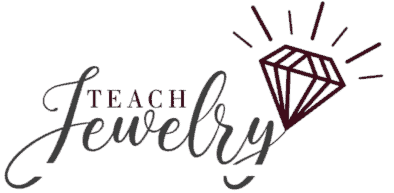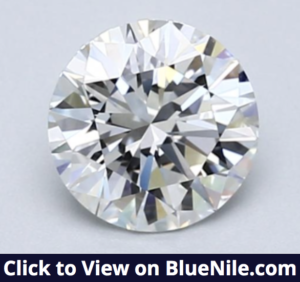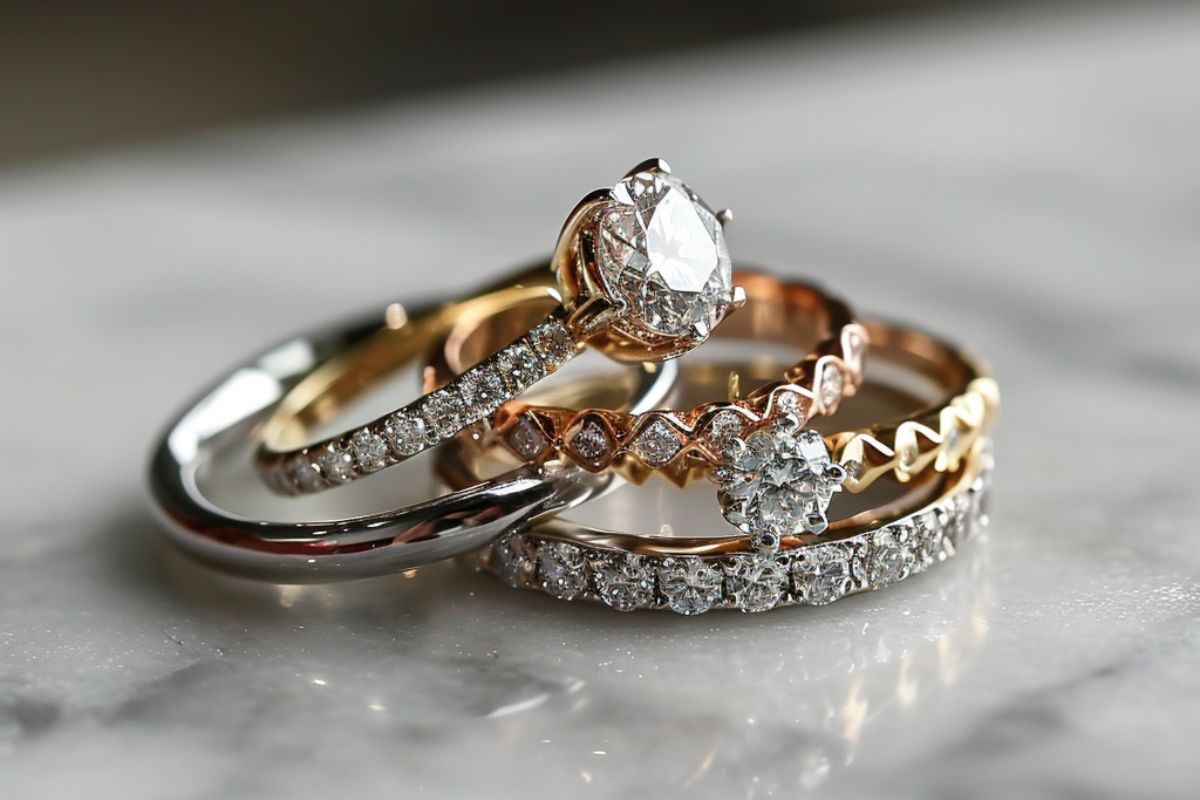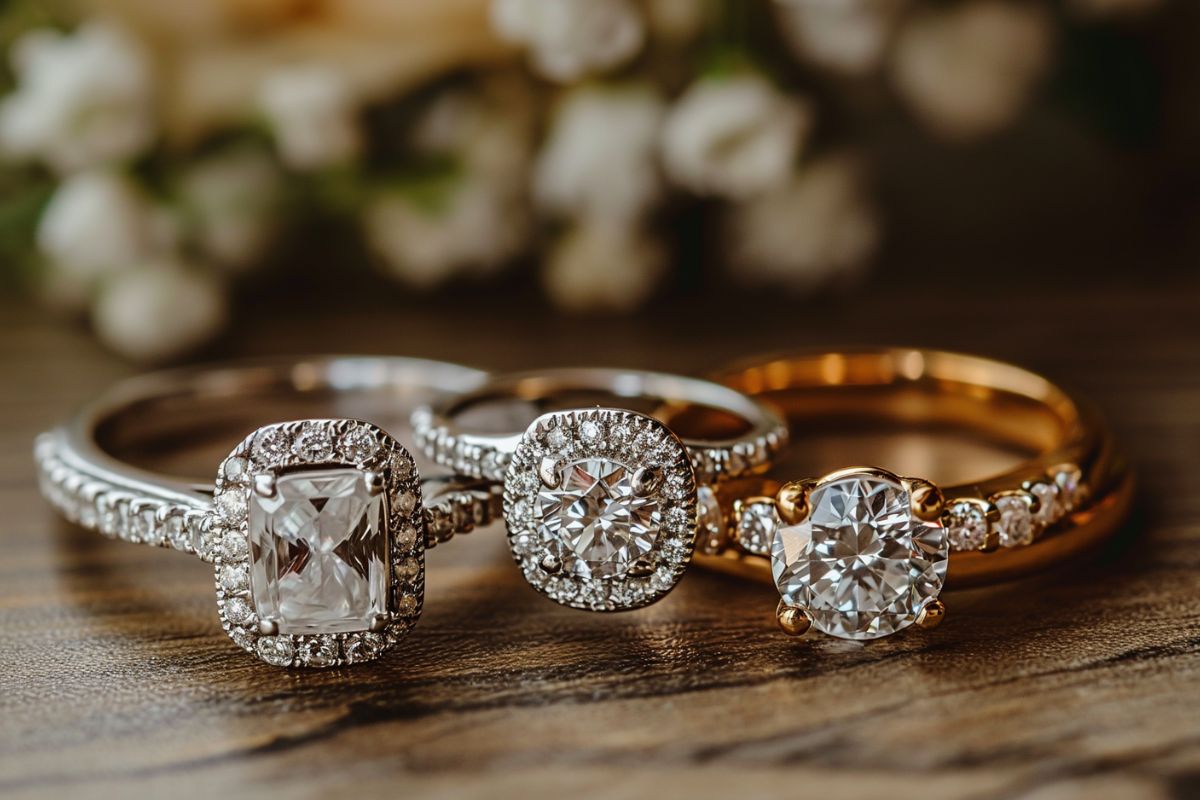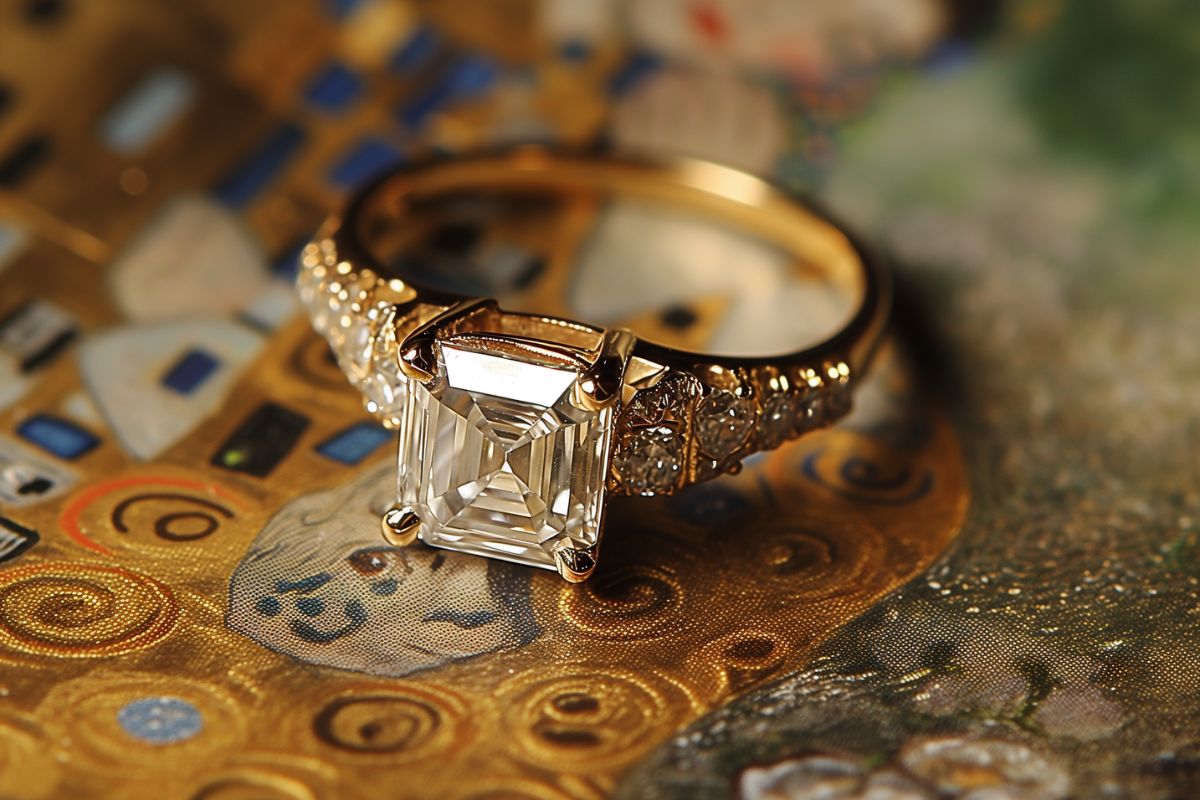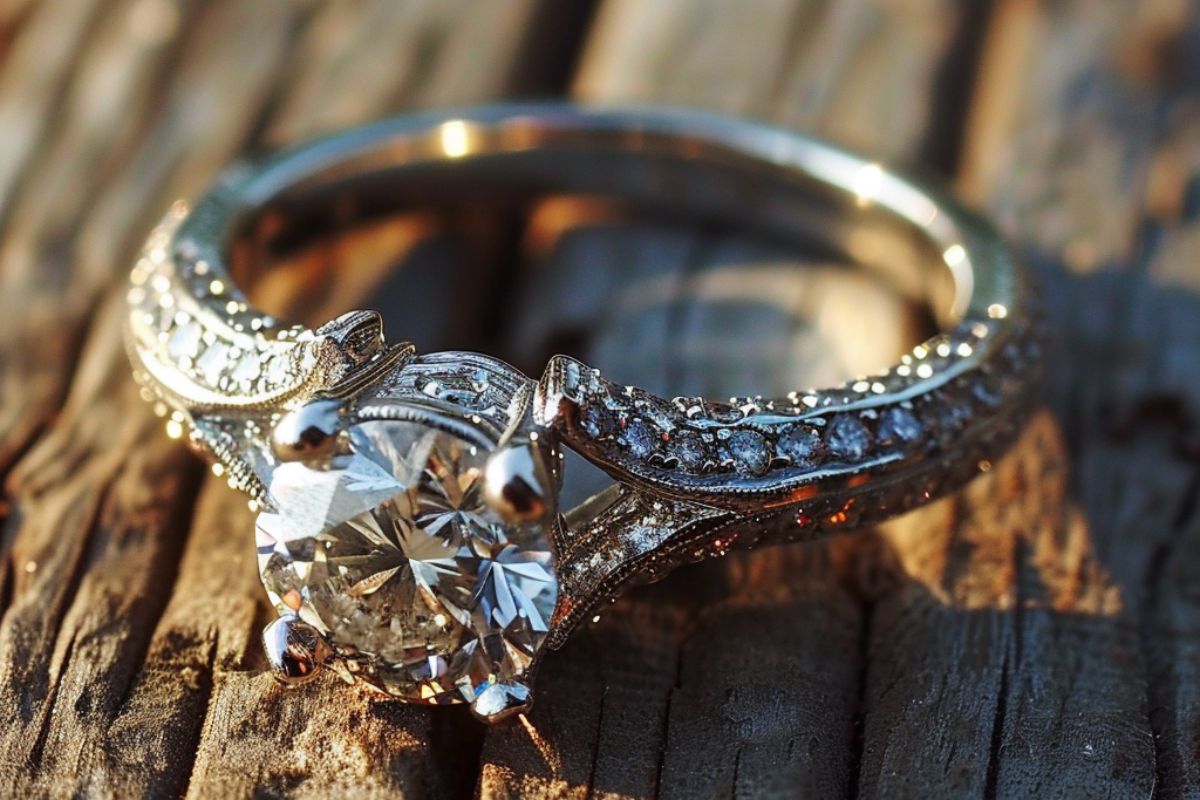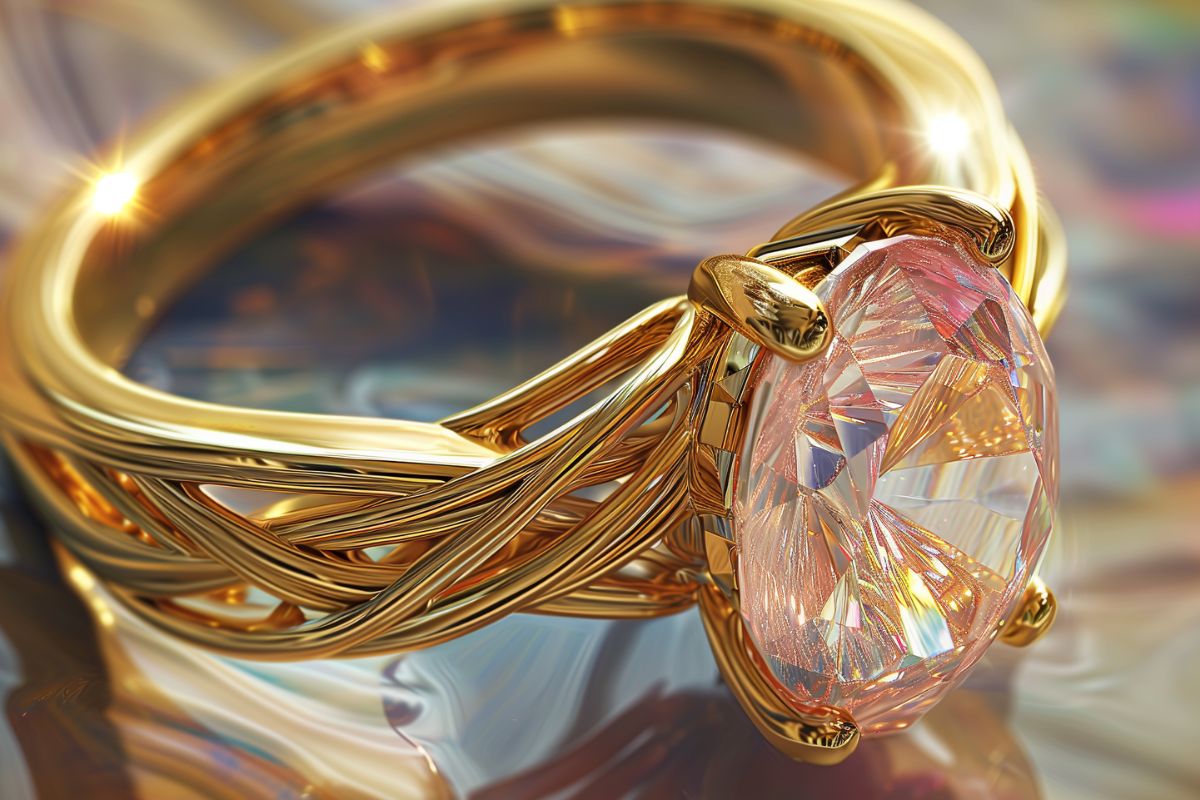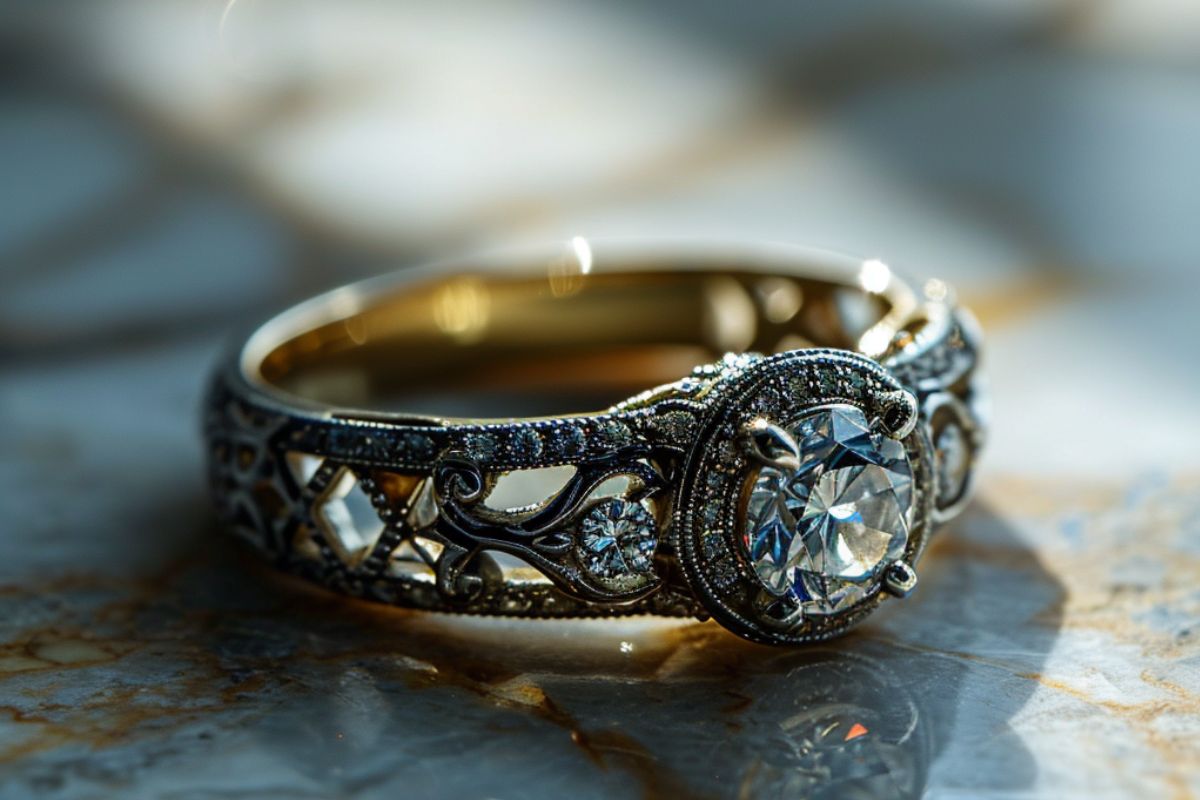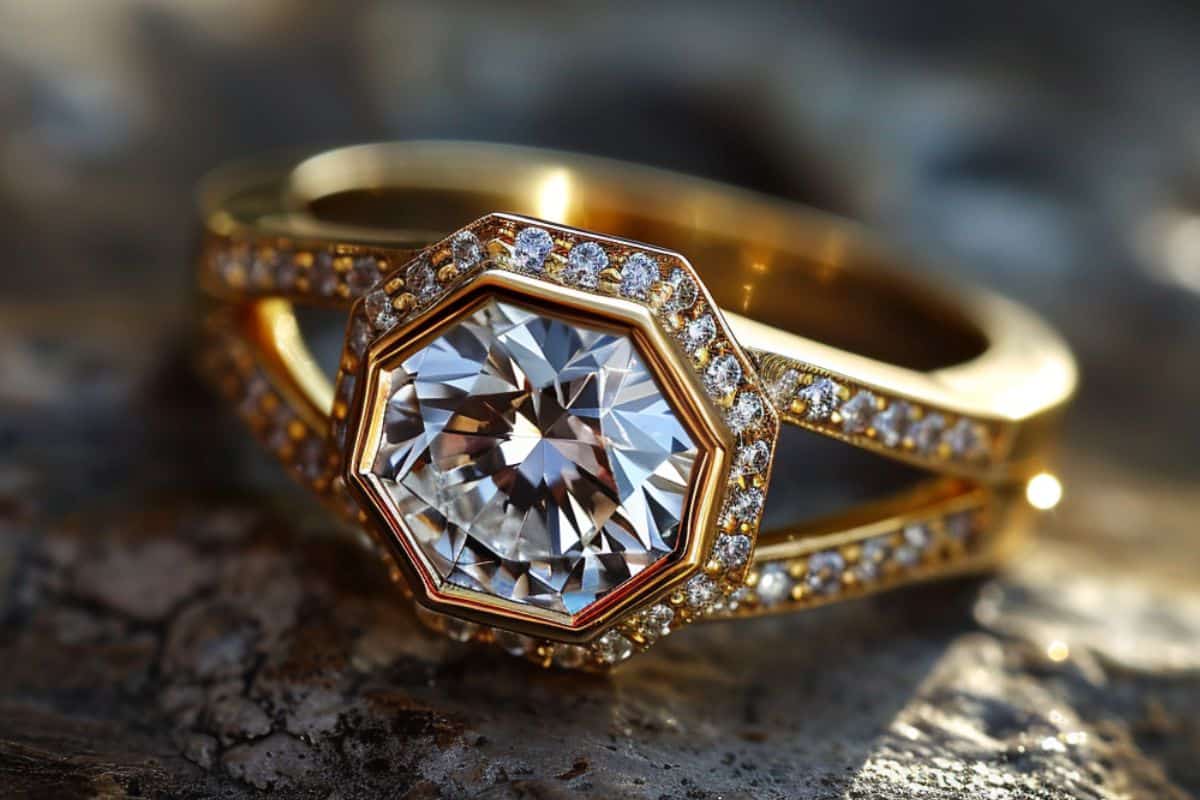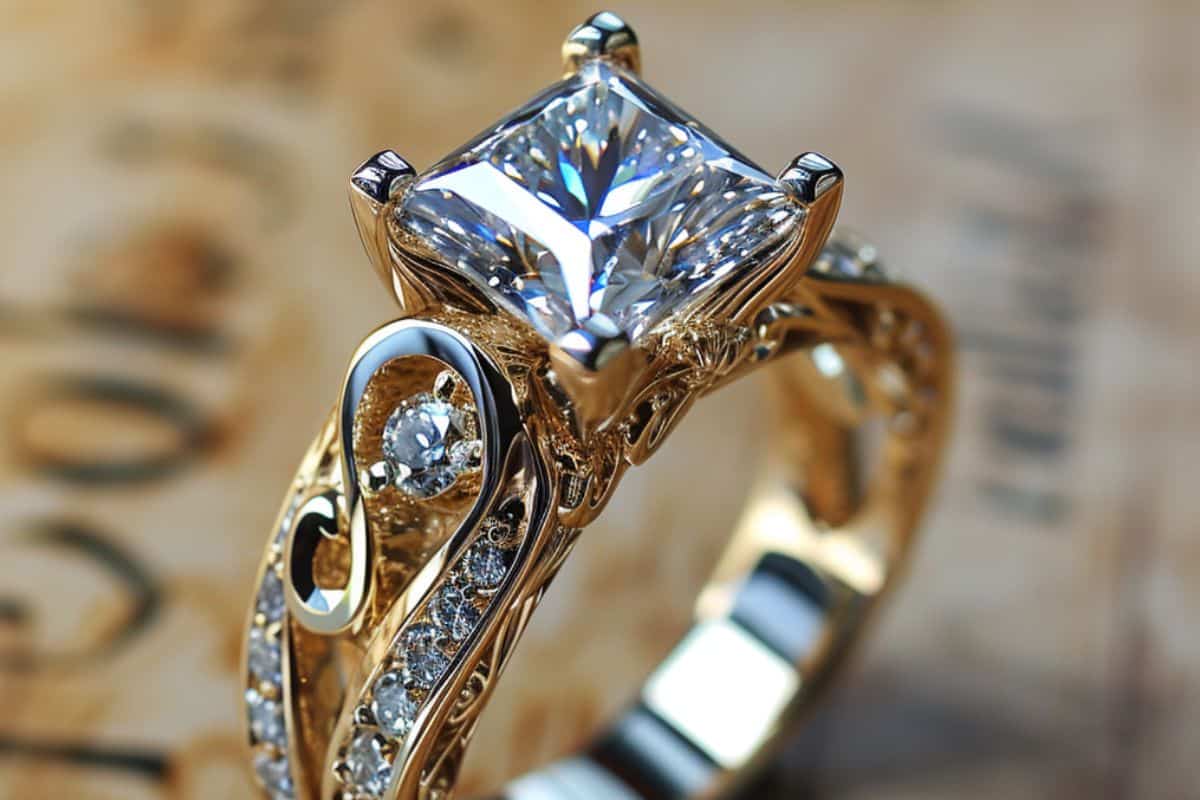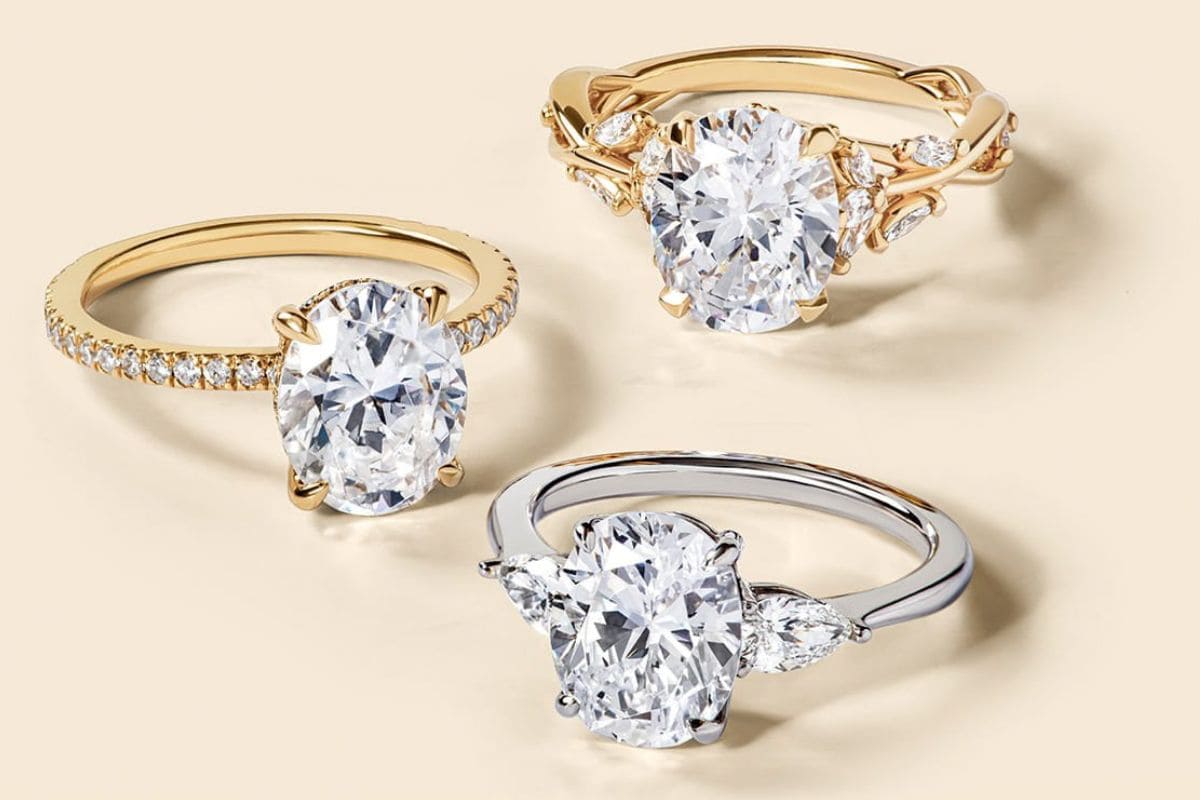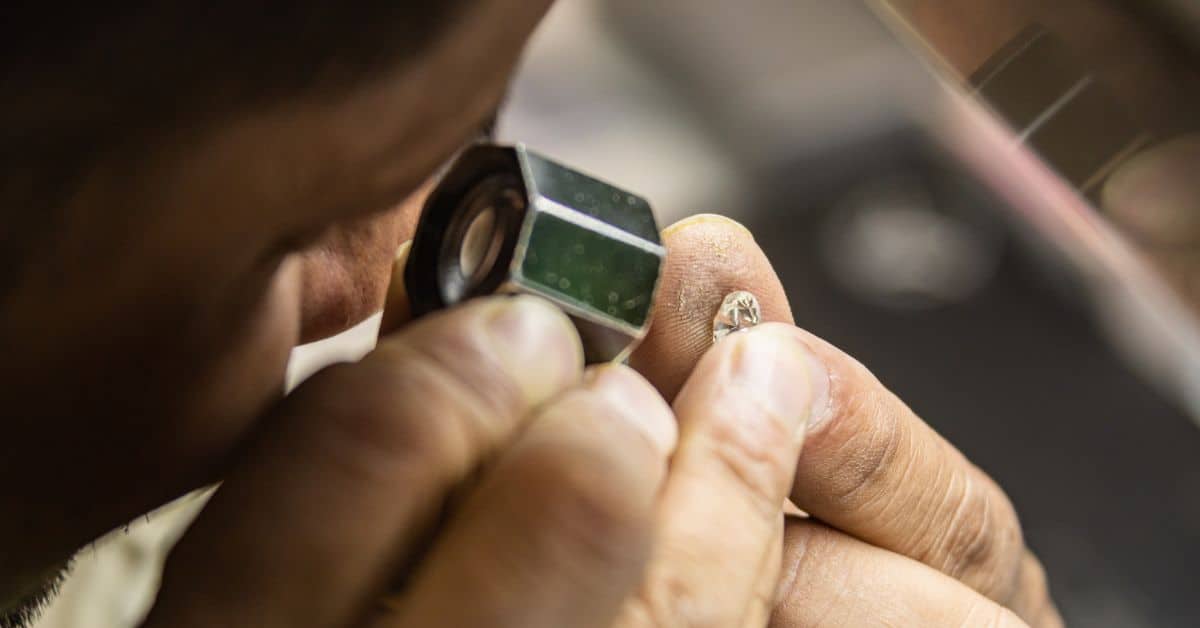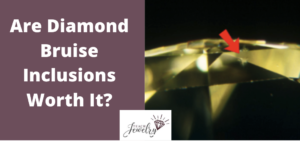
If you’ve been searching for a diamond, you’ve likely found that most contain one or more inclusions, which are blemishes that develop during its formation because of intense heat and pressure.
One type of inclusion with the potential to impact quality is a bruise.
Let’s examine diamond bruise inclusions, including:
- How to identify them on a grading report
- Their influence on price
- How they compare to other flaws
We’ll start with an overview.
What is a Bruise on a Diamond?
A bruise on a diamond is an area that’s experienced a blow or hard impact, resulting in a small indentation and root-like feathers that can penetrate into the diamond.
They can appear in multiple places on a diamond but are most often found near its crown or where facets are joined.
It’s a man-made inclusion, usually the fault of the diamond cutter.
If the polishing wheel is placed closely to the rough diamond with too much force, it can leave a bruise. They can also be caused by the wearer if it’s dropped or hit against a hard surface or stores it improperly.
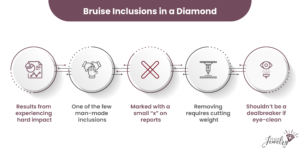
Bruises also leave open the potential for further structural damage.
It’ll likely be weaker in the bruised area.
So if it experiences another sharp hit, it could result in a fracture. The feathers created by the bruise leave it vulnerable to this risk.
How to Find Bruises on Grading Reports
Diamonds are given grading reports from organizations that evaluate their quality.
For example, the Gemological Institute of America (GIA) provides reports that verify the four Cs of color, clarity, cut, and carat.
On this report is a clarity characteristics plot, which labels the type, size, and location of inclusions. The buyer learns whether a diamond has etch channels, clouds, bruises, and more.
For example, this 1.05-carat oval diamond has been graded by the GIA. It’s clarity is I1, which indicates it’s heavily included.

We can see on the GIA report where the two bruises are located.
Bruises are marked with an “x” in the place they appear on the diamond.
I’ve highlighted where they appear that report below.
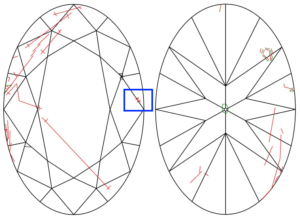
While the bruises on this diamond report aren’t a cause for concern, the rest of the plot shows significant inclusions such as twinning wisps and cavities.
Examine both the type and size of inclusions on the clarity plot.
If the bruise symbols were larger, it would indicate they could be visible to the naked eye or cause durability issues.
How do They Impact Price?
The presence of any inclusion lowers the price of a diamond because it has the potential to diminish its aesthetic, brilliance, and durability. The amount of the price change is dependent on the type of inclusion and its color and size.
A diamond without a bruise or any other inclusion visible at 10x magnification earns a flawless grade.
These diamonds sell at a premium, so most diamond buyers consider ones with inclusions. The question is which inclusions should be avoided and which ones lower its price but don’t lower its quality too much.
The best way to know how a bruise affects the price of a diamond is to compare a bruised diamond with a flawless one.
For a one-carat, flawless, excellent cut diamond with an D color grade, you can expect to pay about $20,000. As an example, this diamond is priced at $20,060.
As a comparison, a VS1 diamond features a number of inclusions, which can include one or more bruises. For a diamond with this clarity, all else being equal, you can expect to pay between $5,000-$8,000.
This demonstrates how the presence of inclusions such as bruises can lower the price by around 60 percent.
It’s worth noting this price discrepancy takes into account all the inclusions, not just the bruise. But it demonstrates how clarity affects price.
This difference is even more pronounced if the diamond were filled with bruises and other inclusions and graded an S12 clarity.
Those diamonds would sell for between $3,000-$4,000.
As a general rule, you can expect a 10-15 percent change in price for every step down the clarity scale, with larger jumps between categories like VVS and VS.
My recommendation is to choose a diamond where the inclusions are invisible to the naked eye and don’t affect its durability. You’ll save on price compared to a flawless one, but it’ll appear identical.
This often means starting your search at SI1 clarity, even if there’s a small bruise, and working your way up from there.
Can They be Removed?
Bruises can be removed from a diamond, but it requires reducing its carat weight. To remove the portion of the diamond containing the bruise, the cutter would reshape the diamond into a smaller version of itself.
The decision about whether to remove the bruise comes down to economics — whether a lower carat weight would cause the diamond to sell for less money, even if it didn’t have a bruise.
In the case of small bruises invisible to the naked eye, the decision is often to leave the bruise and maintain the carat weight.
This makes sense when you understand the drastic price changes caused by carat weight.
For a quality 1.25-carat diamond, you can expect to pay about $10,000. If all other qualities about the diamond are the same, but the carat weight is 1.45, the price jumps to around $14,000.
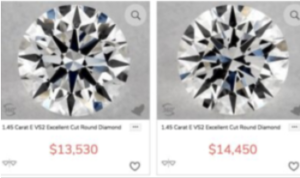
This explains why a diamond cutter would be hesitant to lower the carat weight to remove a bruise.
It’s better to keep the carat weight at 1.45, even if the price is slightly reduced because of the bruise inclusion, instead of cutting 0.2 carats from it and causing the price to drop by $4,000.
How do Bruises Compare to Other Inclusions?
It’s rare that a diamond’s only inclusion is a bruise.
When you’re exploring which one to buy, you’ll often take into consideration etch channels, needles, and more.
Whether a bruise is more or less visible than another inclusion depends on its size and if it results in feathers penetrating inside. A large, dark bruise that causes feathers is often noticeable to the naked eye.
A small white one may only be visible under magnification.
A bruise is more likely to cause further structural damage to a diamond compared to other inclusions.
Needles, pinpoints, and indented naturals pose little risk for a future chip, but a bruise with feathers creates a weak point.
My recommendation is to start your search at SI1 clarity, and work your way up the scale until you find an eye-clean diamond that meets your other criteria. If it only has a few needles and pinpoints, it’s likely fit for a center diamond.
For my wife’s engagement ring diamond, I landed on VS1 clarity without any bruises.
Should You Buy a Diamond with a Bruise Inclusion?
Don’t avoid buying a diamond solely on the basis of a bruise.
The presence of a small one or two likely won’t have a significant impact on its appearance, durability, or brilliance.
Instead, it will make the diamond more affordable, which means you can choose improved grades in other areas like its carat weight, cut, or color.
Flawless diamonds are rare and cost a premium, so most buyers purchase a diamond with inclusions. It’s just a matter of which ones it features.
Examine the grading report for the diamond to understand the size, location, and number of bruises. View the diamond in-person at the retail store or with a high-resolution photo online.
Understanding bruise inclusions will help you make the right purchase and give you confidence you’ve found a diamond you can wear for a lifetime.

Jacob Clarke
Jacob Clarke is the founder of TeachJewelry.com.
He earned an Applied Jewelry Professional Diploma from the Gemological Institute of America (GIA) and now brings you essential information about diamonds, settings, and more.
Jacob has consulted with leading jewelry brands, and his work has been cited in Clean Origin, Diamond Nexus and industry publications.
He's also a member of the International Gem Society.
He enjoys discussing jewelry with readers, so contact him with any questions at jacob.clarke@teachjewelry.com.
